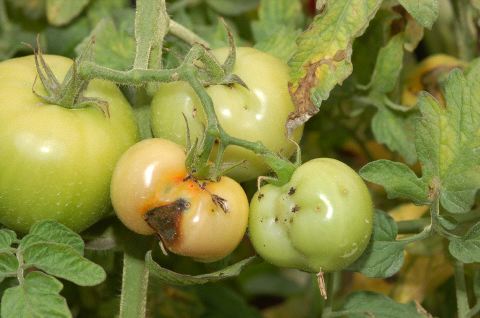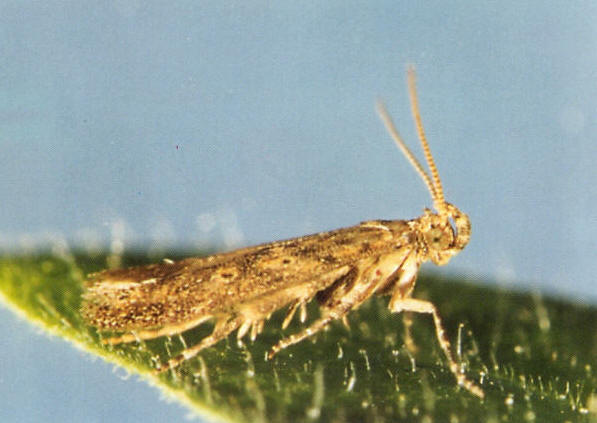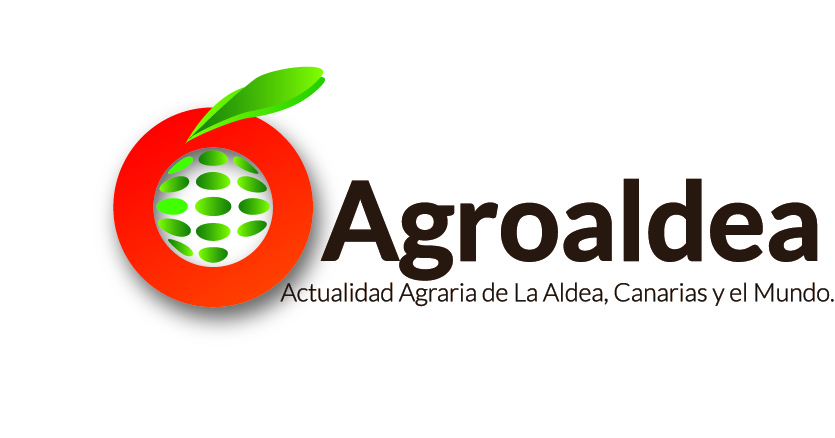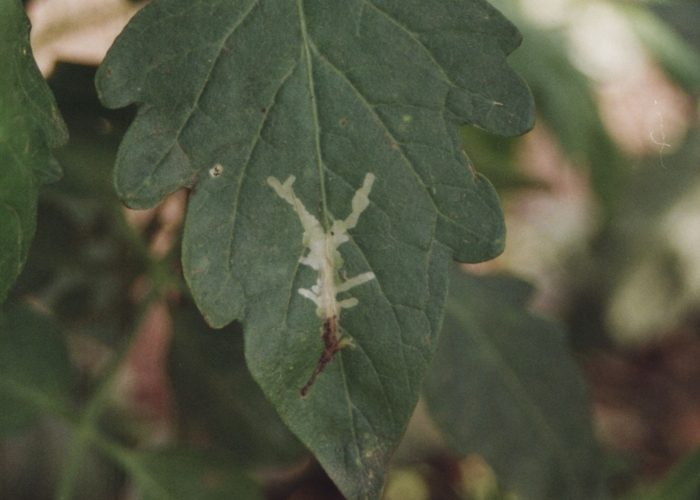THE FIRST SPECIMENS WERE COLLECTED USING TRAPS TWO WEEKS AGO.
 He knew that you affected crops of the Spanish Levante, Catalonia and the Balearic Islands, even last year sound the alarm of small foci occurred in the South of Tenerife.
He knew that you affected crops of the Spanish Levante, Catalonia and the Balearic Islands, even last year sound the alarm of small foci occurred in the South of Tenerife.
Have been sufficient a few months so that the tomato moth recalase in Gran Canaria, detected at first in the South of the island, going East, then to the North and ending in the West of the island, La Aldea de San Nicolás.
"A skinny dog, all are fleas"and although the tuta belongs to other species, not worst could have elected to make his official presentation in this municipality. The scenario that has been found to debut could not have been more catastrophic.
To the already well-known situation that the sector, stifled by a debt which cannot refinance to overcome the slump, So what, in part, It has been generated by the scourge of whitefly, It now joins the last known plague.
 The first adult of tomato moth have been captured in several traps placed in scattered tomato crops. So far, and according to the technical, the appearance is concentrated in the Valley of the village being exempt valleys Tasarte and Tasartico.
The first adult of tomato moth have been captured in several traps placed in scattered tomato crops. So far, and according to the technical, the appearance is concentrated in the Valley of the village being exempt valleys Tasarte and Tasartico.
 Alarms are already beginning to jump, especially since the truce that it has given the white fly it is nearing completion with the gradual rise in temperatures.
Alarms are already beginning to jump, especially since the truce that it has given the white fly it is nearing completion with the gradual rise in temperatures.
Engineers announce that action must be taken immediately, before it is late and reproduce again situations that are best forgotten. So the most immediate proposal is the continuation of the work initiated to counter to whitefly extending them to the absolute tuta.
Tuta Absoluta or tomato moth
 It is a small moth from the family Gelechidae whereas in South America. The main guests are tomatoes and potatoes, as well as other solanaceous species wild or cultivated as the Eggplant.
It is a small moth from the family Gelechidae whereas in South America. The main guests are tomatoes and potatoes, as well as other solanaceous species wild or cultivated as the Eggplant.
This pest has a high reproductive potential, reaching of 10 to 12 generations per year. Adults are nocturnal and usually hide among the foliage during the day. The females make implementations of eggs on the aerial part of plants.
After passing by 4 Larval States, the larvae pupate in the soil, the surface of leaves or even  within galleries, Depending on the environmental conditions. At hatching eggs, the neonate larvae penetrate into the fruits of tomato, in the leaves or stems that feed on creating holes and galleries. The fruits can be attacked since its formation, and can lead to its further rot by secondary pathogens.
within galleries, Depending on the environmental conditions. At hatching eggs, the neonate larvae penetrate into the fruits of tomato, in the leaves or stems that feed on creating holes and galleries. The fruits can be attacked since its formation, and can lead to its further rot by secondary pathogens.
 On leaves, the larvae feed only on the mesophyll tissue, leaving the intact epidermis. The mines are irregular and subsequently is necrotic. The galleries on the stem alter the general development of affected plants.
On leaves, the larvae feed only on the mesophyll tissue, leaving the intact epidermis. The mines are irregular and subsequently is necrotic. The galleries on the stem alter the general development of affected plants.
The plague can affect the plants at any stage of their development, from nursery to adult plants, Although the larvae prefer to attack the apical buds, flowers or newly set fruit. This allows a quick observation of the symptoms in the field.
For the control of the pest are developing different strategies of Integrated Pest Control, by combining the use of synthetic pheromones for monitoring of populations, with plant protection treatments at appropriate times.
As cultural measures start and destroy all the affected material is recommended, as well as the remainders post harvest cultivation, rotation with crops that are not Solanaceae, etc. It is also advisable to carry out a monitoring and elimination of other plants guest that could accommodate the plague, especially of the wild species that are sensitive to their attack.

